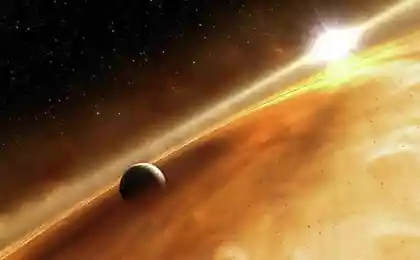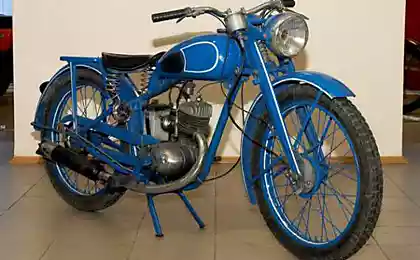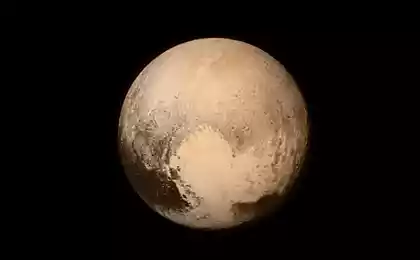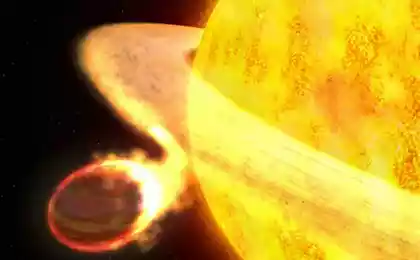585
The Arctic: the vanishing North
Sebastian Copeland (Sebastian Copeland) since childhood has dreamed of visiting the Arctic. As a child, he devoured the books of Jack London and Ernest Shackleton research. And growing up, Copeland himself was a traveler and Explorer of the Northern region. In the fall he published his book "the Arctic: the vanishing North" (Arctica: the Vanishing North), which included 200 photos depicting the beauty of the Arctic and hanging over it the threat caused by climate change.
Copeland for many years honing skills as a commercial photographer and Director, before heading to his first trip to the Arctic.
"The first time I very cold feet, and face felt a sharp pain, as if it was a stuck needle. The feeling is not such as a normal cold, but in fact it invigorated and excited", he said.

Otto fjord, Ellesmere Island, canadian Arctic.
Ellesmere, canadian Arctic.
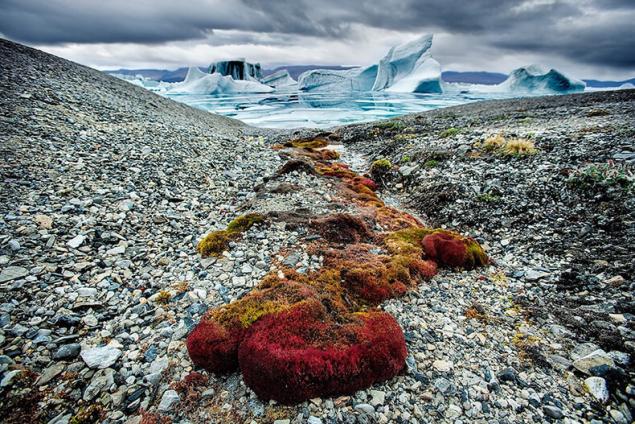
Fjord Otto, canadian Arctic.
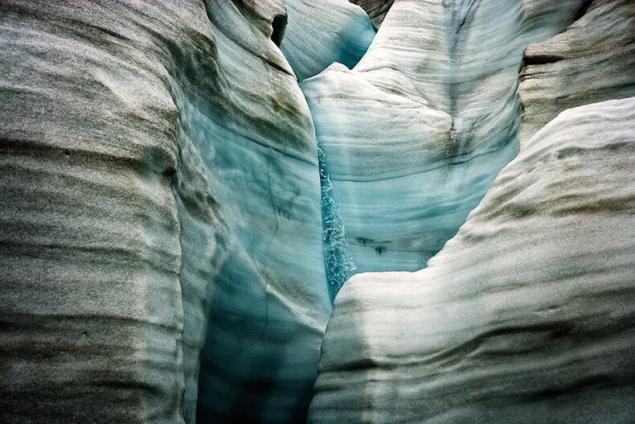
The melting of glaciers in the fjord Otto, island, Ellesmere island, 2008. In the Arctic, where the temperature rises two times faster than the average worldwide, most glaciers are retreating.
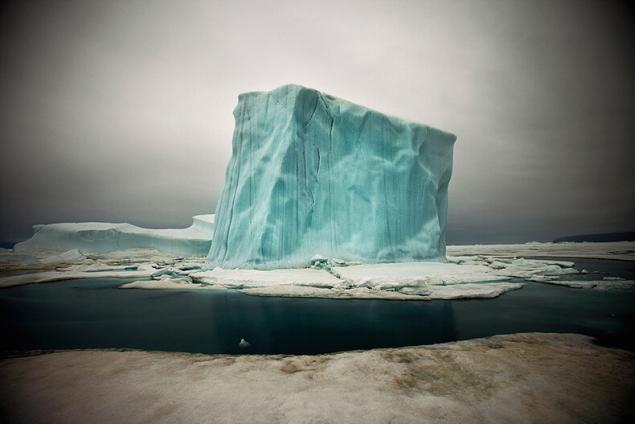
Northern Greenland.
In 2009, Copeland and Keith Heger on foot traveled more than 400 miles when the air temperature is -50 degrees to the North pole in honor of the 100th anniversary of a similar journey undertaken by Robert Peary.
Copeland began photographing the Arctic from the first visit. It was originally shot on medium format film camera that was difficult in extreme conditions. In 2006 he moved to digital equipment. The main goal of the photographer is to disseminate information about climate change in the Arctic caused by increasing warming.

The high density of the cold water associated with high salt content, turns the surface into a mirror surface. Ellesmere, canadian Arctic, 2008.
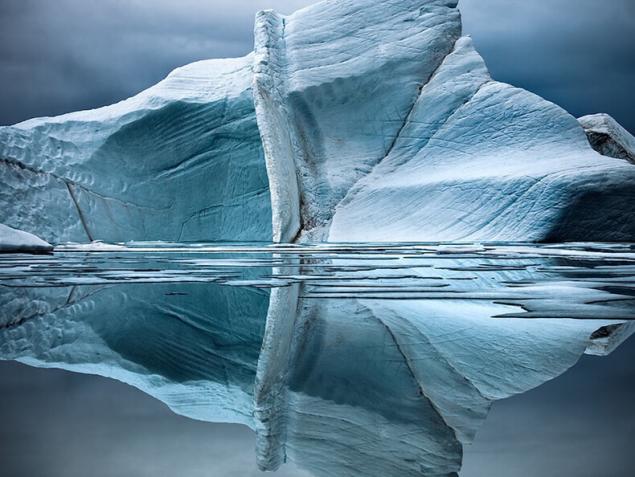
Ellesmere, canadian Arctic.
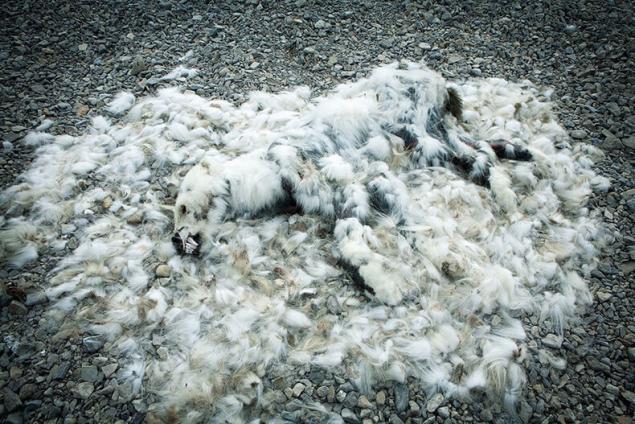
The remains of a young bear that died from starvation. The rapid retreat of the sea ice, where polar bears used to hunt seals, leading to periods when the animals suffer hunger and eventually die. The Isle of Whips, the canadian Arctic, 2008.published
P. S. And remember, only by changing their consumption — together we change the world! © Join us at Facebook , Vkontakte, Odnoklassniki
Source: cameralabs.org/9798-arktika-ischezayushchij-sever-fotograf-sebastyan-kouplend
Copeland for many years honing skills as a commercial photographer and Director, before heading to his first trip to the Arctic.
"The first time I very cold feet, and face felt a sharp pain, as if it was a stuck needle. The feeling is not such as a normal cold, but in fact it invigorated and excited", he said.

Otto fjord, Ellesmere Island, canadian Arctic.

Ellesmere, canadian Arctic.

Fjord Otto, canadian Arctic.

The melting of glaciers in the fjord Otto, island, Ellesmere island, 2008. In the Arctic, where the temperature rises two times faster than the average worldwide, most glaciers are retreating.

Northern Greenland.
In 2009, Copeland and Keith Heger on foot traveled more than 400 miles when the air temperature is -50 degrees to the North pole in honor of the 100th anniversary of a similar journey undertaken by Robert Peary.
Copeland began photographing the Arctic from the first visit. It was originally shot on medium format film camera that was difficult in extreme conditions. In 2006 he moved to digital equipment. The main goal of the photographer is to disseminate information about climate change in the Arctic caused by increasing warming.

The high density of the cold water associated with high salt content, turns the surface into a mirror surface. Ellesmere, canadian Arctic, 2008.

Ellesmere, canadian Arctic.

The remains of a young bear that died from starvation. The rapid retreat of the sea ice, where polar bears used to hunt seals, leading to periods when the animals suffer hunger and eventually die. The Isle of Whips, the canadian Arctic, 2008.published
P. S. And remember, only by changing their consumption — together we change the world! © Join us at Facebook , Vkontakte, Odnoklassniki
Source: cameralabs.org/9798-arktika-ischezayushchij-sever-fotograf-sebastyan-kouplend







